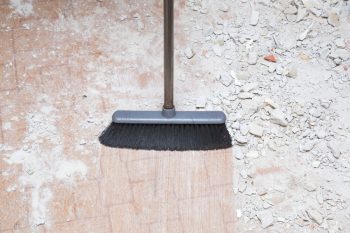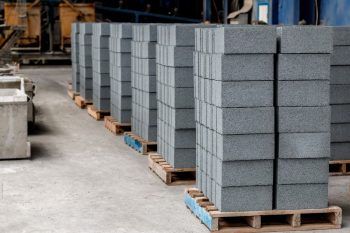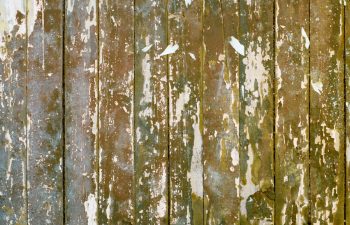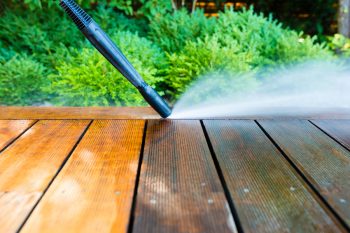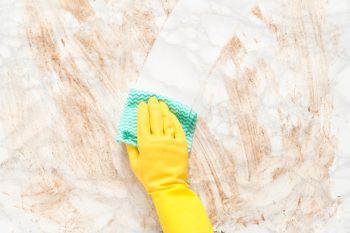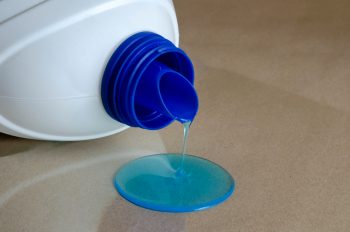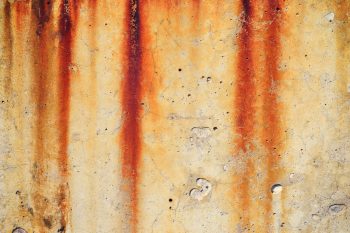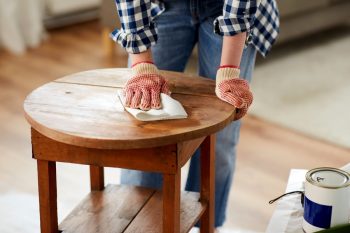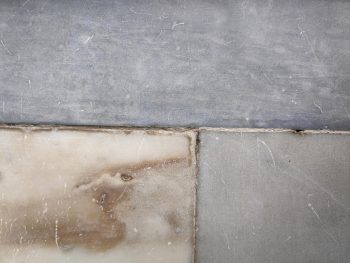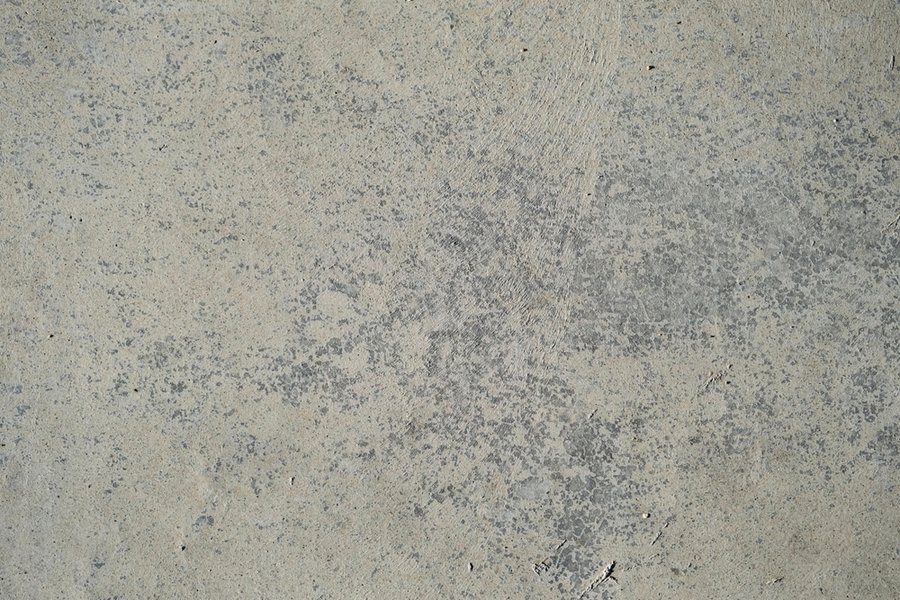
Are you browsing online for the best tricks to remove lime stains from your concrete floors? If so! Scroll down to find the perfect solution.
Since concrete floors are sturdy and easy to maintain, people prefer them for indoor and outdoor areas. They opt for this low-maintenance option to abstain from rigorous cleaning.
But, despite being stain-resistant, concrete is porous and can soak up hard water to form calcium deposits or lime. Usually, lime penetrates through cracks and sealants, gets trapped by debris, and causes damage to surface area over time.
Fortunately, we are here to walk you through the five best tried and tested tips to scrub off these stubborn stains.
To maintain the original aesthetic of your concrete floor, you can use the following cleaning agents:
- A mixture of vinegar and lime juice
- Muriatic acid
- Baking soda
- Concrete penetrating cleaner
- Trisodium phosphate
This article will tell you about the intricacies of all cleaning agents and how to handle them. So, stick to this page.
5 Ways To Remove Lime From Concrete Floors
If you struggle to remove lime from concrete floors, try applying these five tips. We’ve shared market-based and natural tricks to save you time and money.
1. Dissolve Lime With Vinegar and Lime Juice
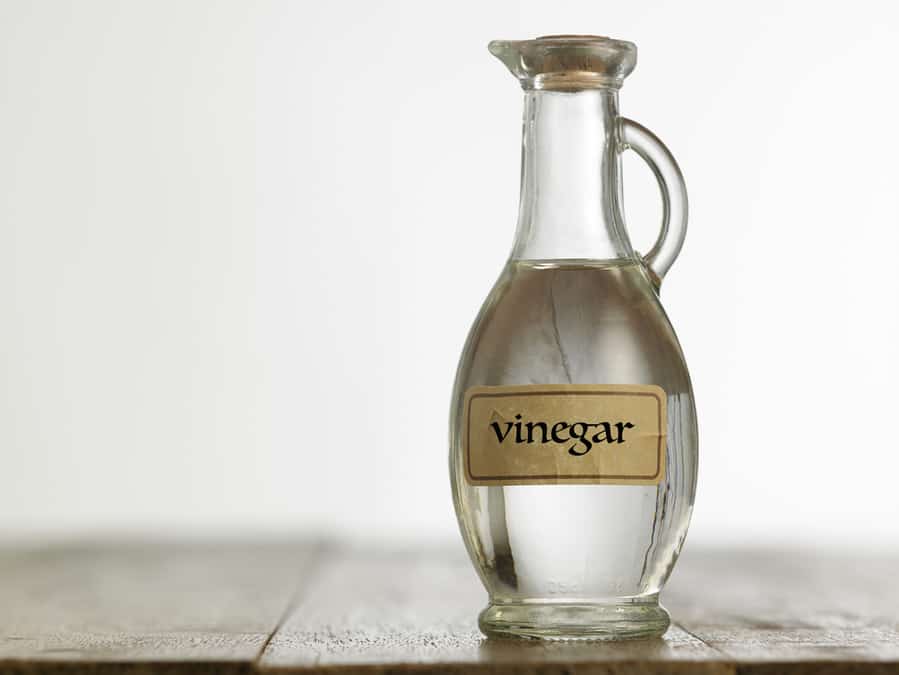
Although you can descale tough lime layers using sponge scrubs, this technique can also scrap off and tarnish the material’s surface.
To save your skin, we have shared a household remedy of vinegar and lime juice with you.
According to research, vinegar is an all-purpose cleaner, and its amalgamation with citric acid can work wonders for you.
Instructions
- Get a couple of lemons and squeeze them into a bowl. Avoid the lemon squeezer to preserve its fleshy bits for effective results.
- Also, add white vinegar to the bowl and evenly apply the acidic mixture to the lime deposits.
- Refrain from rinsing the floor immediately after applying the solution. Instead, wait for an hour or two for the descaling process.
- Once the milky white coating has liquified, you can gently scrub the surface and wash it with water to restore its luster.
2. Muriatic Acid
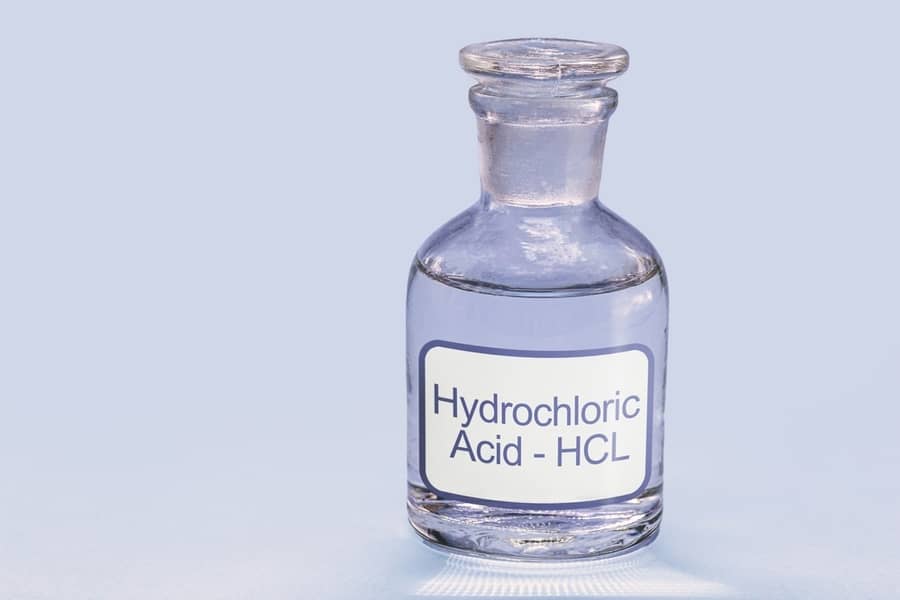
You can use more vigorous techniques, like a mild muriatic acid wash, to eliminate challenging stains.
Muriatic acid can remove calcium and efflorescence, two typical mineral stains around concrete cracks with rust stains underneath.
Instructions
- Combine 20-40% muriatic acid with water and spray it on the concrete-coated surface.
- Avoid mixing water with acid; always add acid to water. Never use it on a dry surface. A plastic sprayer or sprinkler can apply acid to the damp concrete.
- Until the solution stops “fizzing,” lightly scrape the deck with a broom.
- Never let the solution dry! Squeegee or deck sweep the concrete coating to remove extra water. After thoroughly rinsing the acid, wash off with a high-pressure nozzle.
- After using a pressure washer, rinse the leftovers to prevent them from adhering to concrete again.
- Repeat the same procedure for the remaining sections.
While handling muriatic acid, always wear protective eye and skin gear, as minor negligence can cost you much.
Observe safety instructions printed on containers, including a suitable respirator.
3. Baking Soda

Baking soda is a humble kitchen ingredient that eliminates hard water stains. Hence, you can safely use this natural abrasive on concrete and ceramic floors.
Instructions
- Make a paste of one part vinegar and three parts baking soda.
- Apply the paste on rugged scales with a sponge. Give it a little scrub, and then wait 15 minutes for it to absorb.
- Use the sponge again to remove the solution and wash it with water.
4. Concrete Penetrating Cleaner
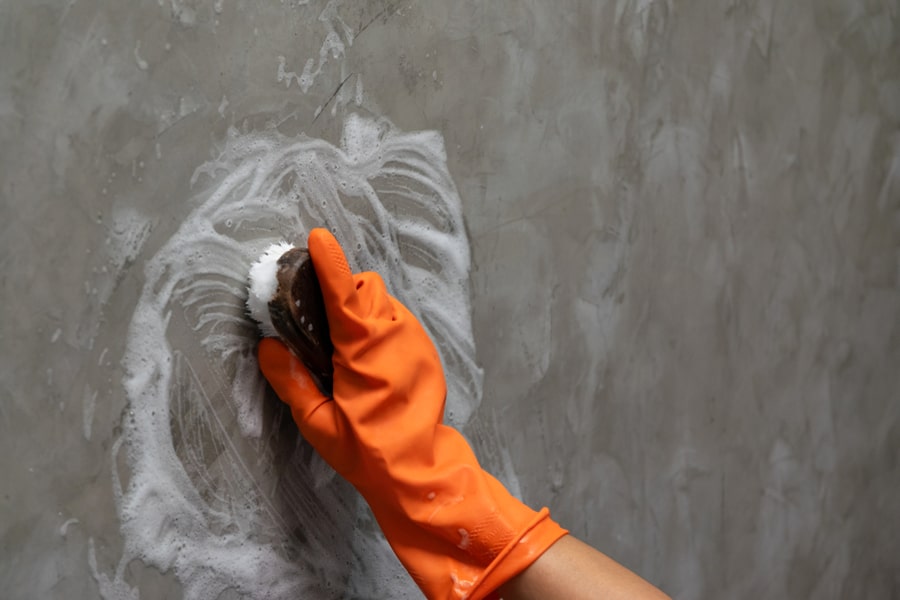
When moisture seeps and evaporates through the floor, lime stains develop. Hence, acid dissolution is the only method to eradicate the accumulated lime buildup.
For this purpose, use a concrete penetrating cleaner that contains hydrochloric acid.
Instructions
- Add the instructed quantity of concrete penetrating cleaner into a gallon of water. Check the label to dilute the product in the exact amount.
- Use a brush or spray to apply the mixture on the concrete floor. Pour the solution directly on the floor for particularly thick lime deposits. You can use a stiff broom to incorporate the solution into cement.
- Let the floor thoroughly soak the mixture for five minutes. Then use regular water to rinse it off. You could repeat this process if some deposits are left behind.
Use penetrating concrete cleaner after donning rubber gloves and safety glasses. Refrain from inhaling the vapors.
Bear in mind that you are working with a powerful acid.
5. Trisodium Phosphate (TSP)

TSP (trisodium phosphate) is a powerful cleaning agent that can remove dirt, oil, hard water, and numerous other stains from concrete.
If you have tough stains in your basement, driveways, and patios, then TSP is the perfect fit for you.
Instructions
- Use a hose to spray and scrape the concrete surface. Apply the maximum possible pressure to eliminate all dirt.
- First, put on goggles and rubber gloves, as TSP can harm your skin and eyes. Afterward, mix 1/4 cup of TSP solution in a gallon of warm water.
- Take a scrub brush and dip it into the TSP solution. Start scrubbing the hard water stains off the concrete surface.
- Do not allow the TSP solution to dry; give it a minimum of five minutes to settle. If required, keep moistening it.
- Re-scrub the area if the hard water stains are still visible.
- After eradicating stains, rinse the floor a couple of times with regular tap water to eliminate any leftover cleanser (TSP).
Completely cover your eyes, and face before using TSP. Make sure it doesn’t come in contact with any part of your body. Otherwise, it can burn or create several rashes on your skin.
- Take extra caution when handling chemicals, as they can spit back due to their explosive nature.
- Keep all the chemicals out of reach of children in tightly closed containers.
- And immediately call the doctor in case of an emergency.
Conclusion
In a nutshell, we have penned down the five best ways to remove lime with different cleaning agents. Now! It’s your choice to pick the most suitable one according to your feasibility.
Removing stubborn stains can be tiresome, but you shouldn’t mind doing extra work for a bright, clean floor, and who doesn’t want that?
Frequently Asked Questions
Is Vinegar Harmful to Concrete?
No! Vinegar is not harmful to concrete, so you can always prefer it while cleaning. However, prolonged saturation of concrete will harm the cement that binds concrete together.
Be cautious, as overuse of vinegar will eventually dissolve the concrete itself.
Since Trisodium Phosphate Has Many Harmful Effects, Can I Use Any Alternative?
The alternative cleaning methods are less effective than TSP. Still, you can use zeolites, sodium bicarbonate, and soda ash which are unquestionably risk-free.
Since replaced compounds are less potent, they may not function correctly in demanding situations.
How Should I Treat My Skin if It Comes in Contact With Muriatic Acid?
First, rinse the acid immediately with a lot of flowing water. Just wash it off instead of attempting to neutralize it. Likewise, avoid using soap.
Place your affected area under running water for 15 minutes (let’s say your hand for ease). Also, remove your clothing if the acid contaminated it.
